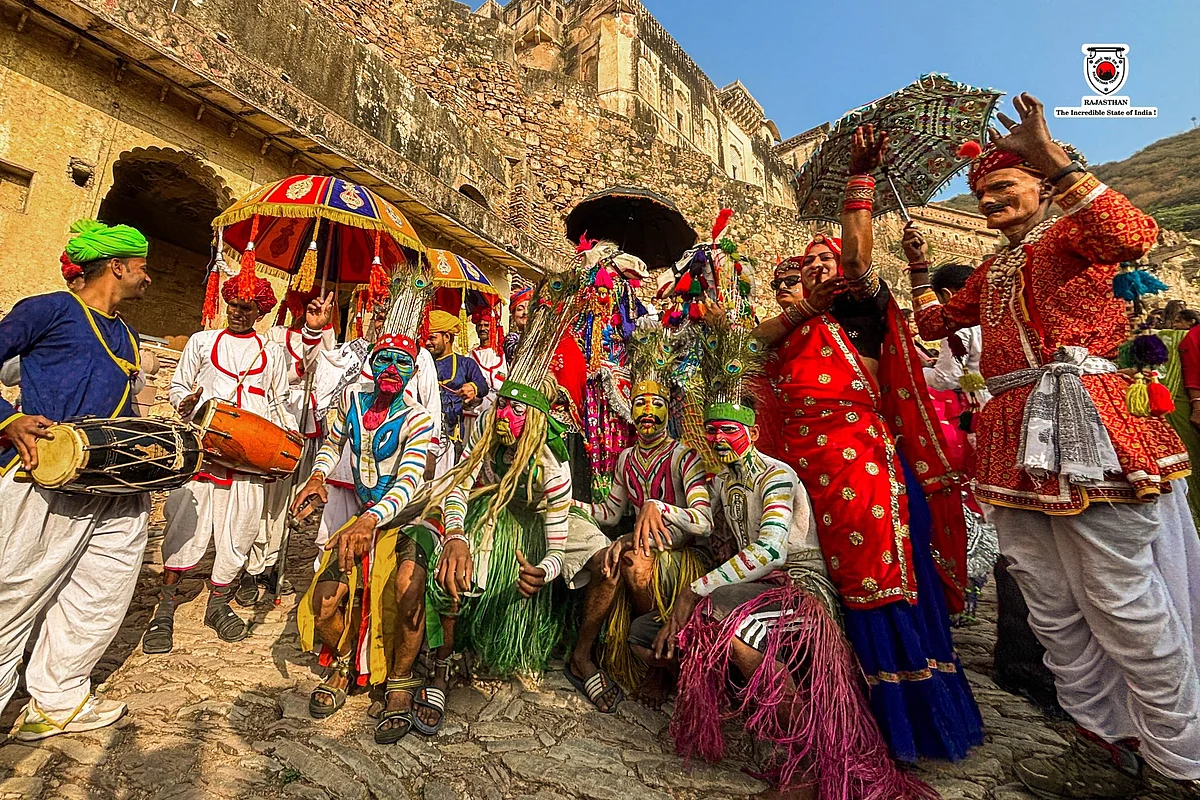If there is one thing that I’ve always prided myself on, then that would have to be my impeccable researching skills. Digging up as much as I can before I visit someplace new is a process I relish.
Almost as much as finally getting there and having a first-hand experience. And when the subject of said research is food, the combination is hard to resist, as I pore over every morsel (pardon the pun!) of information I can get—online, offline, or word-of-mouth—for weeks before I set off on my travels.
Sadly, in the case of my trip to Bulgaria earlier this year in April, I could not afford the luxury of a lengthy research session. A sudden, spur-of-the-moment invite saw me getting on a plane from Zurich to the Bulgarian capital of Sofia with just about enough time for me to pack my suitcase, leave alone immerse myself in research.
But this sudden trip also taught me a very important lesson. That going totally blind and knowing alarmingly little about a place is equally exhilarating as going in fully prepared is.
Like for example, I never knew that Bulgarian food is very different from its other Eastern European counterparts in that it shares a number of dishes with Persian, Turkish, and Greek cuisine.
You could perhaps, go so far as to call it one of the world’s earliest fusion cuisines.They say you never forget your first time doing something. And for me, my initiation into the realm of Bulgarian cuisine will always be a bowl of refreshingly chilled tarator soup that my host Mina insisted I try at a small hole-in-the-wall food kiosk near the National Museum in the heart of Sofia.
Though April is still early spring in Bulgaria, the rather muggy weather totally warranted this summer soup that tasted like a thinned down cross between the yogurt-mint-cucumber-dill Greek dip of tzatziki and our very own Indian raita.
Another mainstay of Bulgarian cuisine was next. Still flirting with a strong Greek influence, the banitsa is a coiled breakfast pastry of eggs, a yellow cheese called kashkaval, and yogurt, all ensconced between phyllo layers. Interestingly, it also reminded me of the Turkish börek pastry I had totally OD’d on a few years ago on a trip to Istanbul.
Referencing a fried Canadian dough snack called beaver tails, a single serving of the blueberry jam smeared mekitsa—that is made with yogurt and eggs—was too hard to resist as we passed by the Mekitsa & Coffee shop in downtown Sofia.
So, I had two! The second one a scrumptious savoury iteration that was slathered with the salty Bulgarian sour cream called smetana.
Craving something more lunch-like and less snacky, we headed down to Sofia’s bustling central food market—diagonally opposite the ancient historical site of the Serdika ruins—for a meal that we picked up in several parts from the many food stalls that inhabit this gargantuan covered hall.
One of the first things Mina bought for us was a plate of shopska salata. Now, according to Bulgarian tradition, shopska salata or shopska salad is what newlyweds sit down and eat as their first meal together after the ceremonies.
The recipe may seem simple, with just a few fresh cut vegetables like cucumbers, tomatoes, onions, and bell peppers as ingredients, but the taste is dynamite when coupled with a sprinkling of the crumbly, salty sirene cheese.
This was followed by a few more mezze-like dishes such as kebapche (a variation of the ubiquitous minced meat, spices, and herbs kebab) and the divine Greek dolmades-like lozovi sarmi that uses grape leaves as a base, that are then stuffed with minced meat, rice, herbs, and yogurt.
For mains, we bought a serving of the traditional Bulgarian dish of gyuvech. This hearty one pot dish is a stew made from meat, mushrooms, peppers and onions with some kashkaval cheese grated over it.
I was told that a good gyuvech will always have boiled eggs and a whole lot of paprika in it. And the one I ate sure did. It was like taking a stroll down a middle eastern souk for dessert, as we got an assorted platter of baklava which are tiny honey-orange water-sugar syrup drenched pastries made from phyllo sheets that are stuffed with almonds and pistachios.
From the excitingly unknown to the comfortingly familiar, the food of Bulgaria sure taught me something I’ll never forget—going blind can “show” you a lot more than you’d bargained for!
(Appearing every last Saturday of the month, this column is all about viewing travel through the prism of food.)










